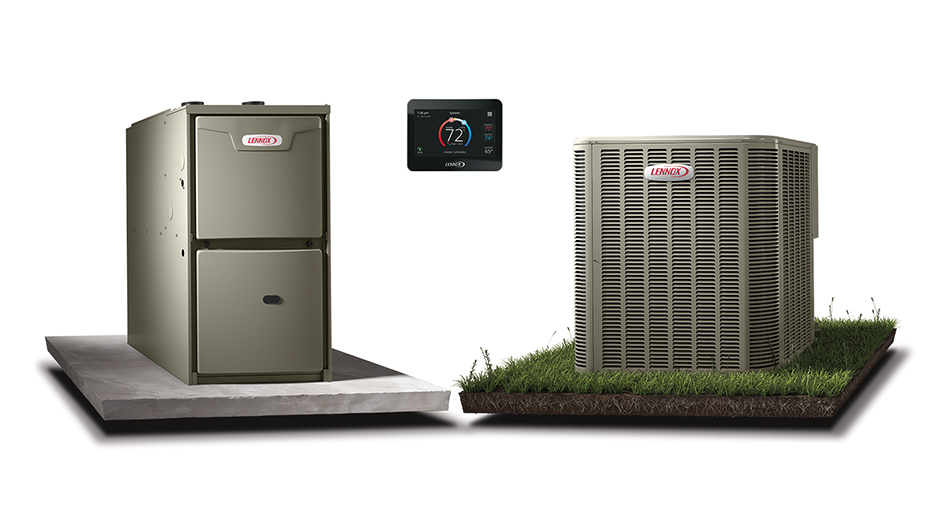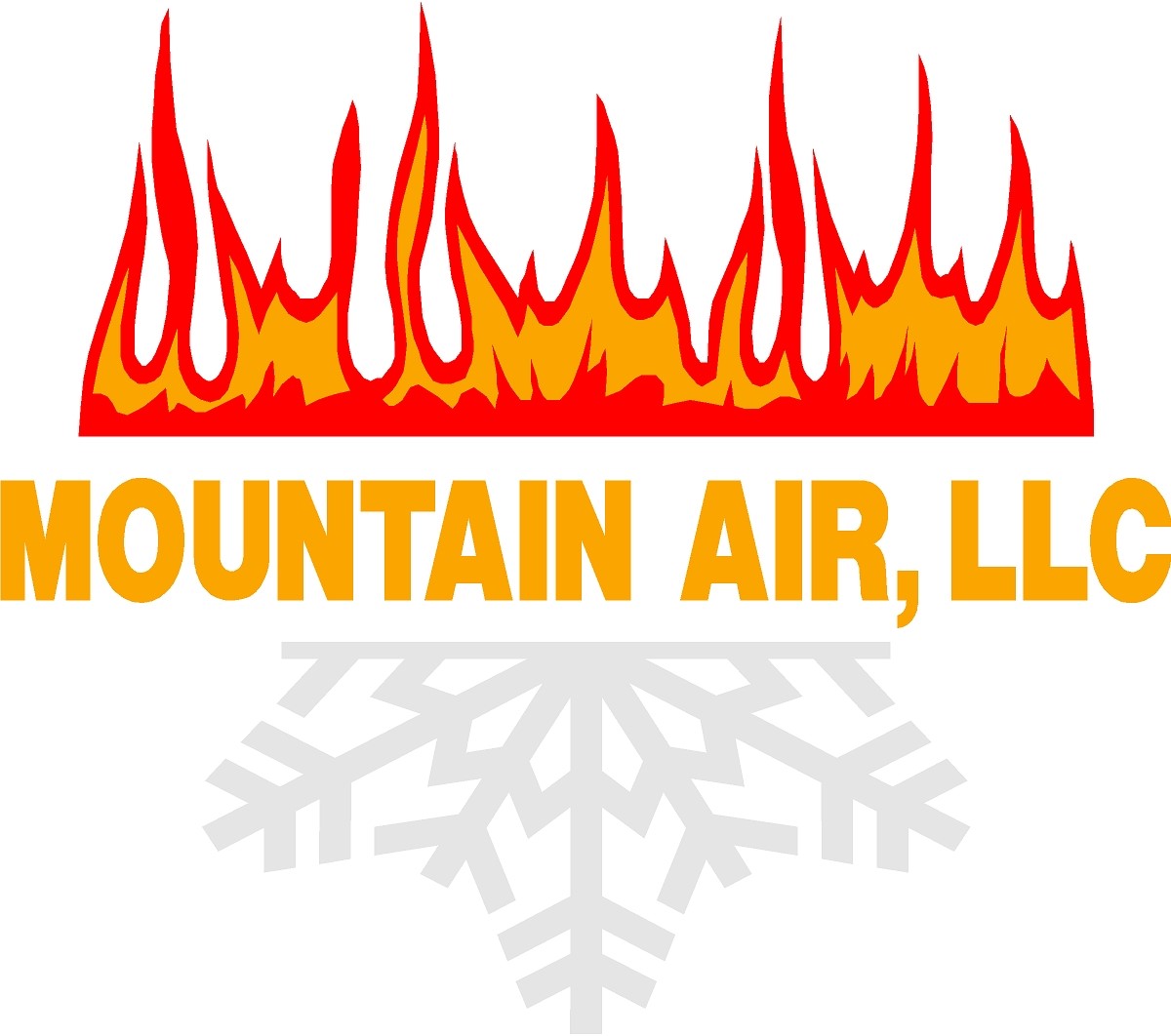
The idea of running both a furnace and heat pump can seem somewhat strange at first. After all, why would you need two sources of heat? While furnaces and heat pumps both provide energy-efficient heat, the differences in their design actually make installing both of them a practical option. It’s not for everybody, but in the right conditions you can absolutely benefit from using a furnace and a heat pump.
You should consider several factors in order to confirm if this type of setup suits you. Your local climate and the size of your home are both very important, particularly for the heat pump. This is because some models of heat pumps will work less efficiently in colder weather and large homes. At the same time, you can still benefit from heat pump installation in Morgantown.
Heat Pumps Can Be Less Reliable in Winter Weather
Heat pumps are typically less effective in cooler weather as a result of how they create climate control in the first place. Unlike furnaces, which combust fuel to provide heat, a heat pump reverses its stream of refrigerant to pull heat from outdoor air. This heat is then brought inside and distributed throughout your home. Provided there is still a bit of heat energy in the air, a heat pump can function. But the lower the temperature, the less reliable this process is.
The less heat energy is available outside, the more effort is required for a heat pump to draw heat indoors to generate your preferred temperature. It might depend on the exact make and model, but heat pumps generally start to lose efficiency at temperatures of 40 degrees and under. They still remain an energy-efficient option until 20-25 degrees, at which a gas furnace should be more effective.
What Temperatures Do Heat Pumps Work Best In?
Heat pumps function best in moderate climates 40 degrees and up. That being said, you don’t have to sacrifice the benefits of a heat pump just because your local climate is cold. As a matter of fact, that’s why using both a furnace and heat pump may be worth the cost. You can keep the heat pump for energy-efficient heat until the weather is cool enough to call for switching to something like a gas furnace.
Certain makes and models feature greater performance in cooler weather. For example, the Lennox MLA heat pump is capable of working at 100% capacity at 0°F. It can even remain functional in temperatures as cold as -22°F. For optimal energy efficiency, you’ll likely still want to use the furnace in severely cold weather.
So Should I Install a Heat Pump if I Use a Gas Furnace?
If you’re thinking about maintaining the most energy-efficient HVAC system achievable, owning a heat pump and gas furnace at the same time is worth the investment. Not only is a dual-heating system adaptable, but it offers other advantages such as:
- Reliable backup heating – A redundant heating system means even if one fails, you still have the ability to heat your home. It may not be the most energy efficient, but it’s better than having an unheated home while you sit around for repairs.
- Fewer energy costs – The ability to select which heating system you use based on the highest energy efficiency lowers your total costs. Smaller heating bills over the life span of these systems can really add up to lots of savings.
- Less strain on both systems – Compared to running one system all winter long, heating responsibilities are split between the furnace and heat pump. Key components can live longer as they’re not under continuous use.
If you’re still unsure about heat pump installation in Morgantown, don’t hesitate to contact your local expert technicians. They can evaluate your home’s comfort needs and help you determine if a dual-heating HVAC system is the best option.
